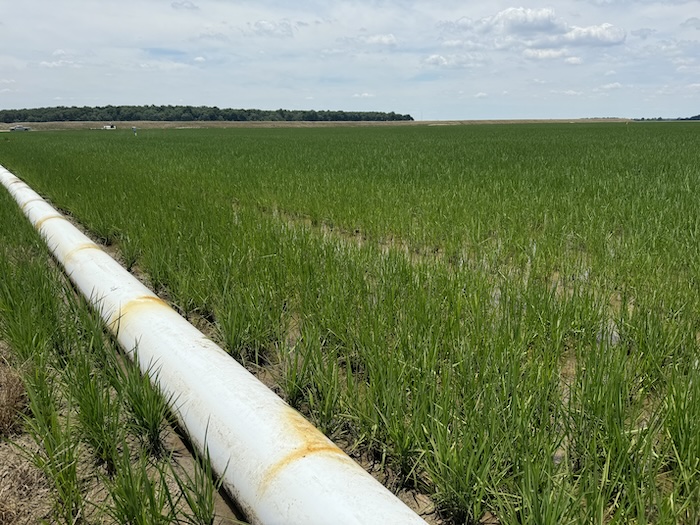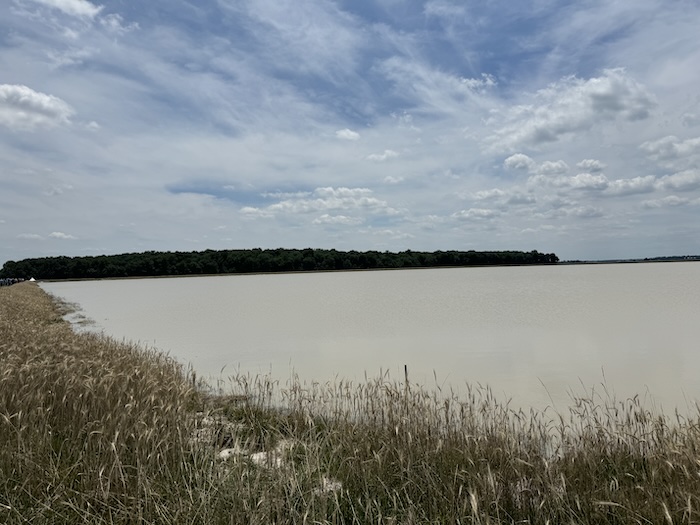The Conservation Technology Information Center (CTIC) 2024 Conservation in Action Tour took about 125 farmers, educators and conservation-adjacent stakeholders on a journey through northeast Arkansas Tuesday, and I was surprised by how little no-till I saw.
Arkansas produces nearly 50% of U.S. rice, and I found out that growing rice is not conducive to the practices considered core to conservation agriculture for those of us in the Corn Belt. Fields are leveled before growing rice, and residue management often consists of burning the stubble. In a rotation, modern rice hybrids produce tough residue that doesn't break down easily, making no-till difficult, and the paddies often don't dry out enough to get a good stand of no-till soybeans. Several farmer and educator presenters on the tour also said the flooding required for the rice paddies essentially turns water into a herbicide and kills the cover crop, plus the window to plant covers is narrow.

Scott Matthews, who farms in Weiner, Ark., precision levels his rice fields and uses polypipe, this long plastic tube with various sizes of holes in it, to flood rice fields.
Three of the farmers who spoke during the tour said they used no-till on some acres for some crops like soybeans, oats and wheat, but conservation in that area of Arkansas focuses on water management — at least for the farmers featured on the CTIC tour. Scott Matthews, who farms in Weiner, Ark., precision levels his rice fields and uses polypipe, a long plastic tube with various sizes of holes in it, to flood the fields. Instead of keeping the field completely submerged, he allows it to dry out enough that it's muddy but not underwater, which reduces methane emissions in the hot summer months. The polypipe is more water efficient, and Matthews relies on reservoirs to collect water for some fields in another conservation effort. I believe he said 100% of his acres are irrigated, something else that would be unheard of in the Corn Belt.

A reservior on Scott Matthews's farm that holds water from the rice paddies
The tour brought to mind the various definitions of conservation agriculture — or, more recently, regenerative agriculture — that exist today. Conservation doesn't look the same for every crop or every region or even every field. But what is the same, no matter where you are, is the adaptive mindset and willingness to do something different to conserve and protect natural resources.
Thanks to Ellis Bell, Scott Matthews, the Holthouses and the Senters for welcoming us onto your farms for the tour! Stay tuned for more coverage from the tour in an upcoming episode of No-Till Farmer's Conservation Ag Update.
Related Content
[Podcast] No-Till Rice and Mulching What’s Available With Adam Chappell
[Podcast] 18 Ideas for Healthier No-Till Soils, Yields, and Profits
Conservation Technology Information Center Inducts Frank Lessiter Into Hall of Fame






